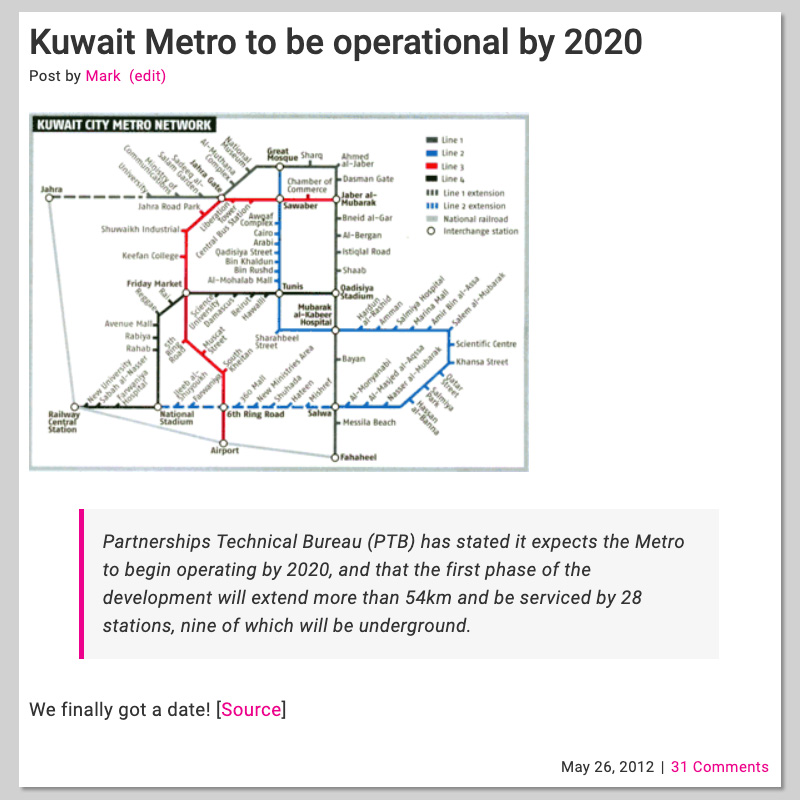
Back in 2012 we were given an up and running date of 2020 and I posted about it and even shared a map of the metro routes but then nothing…

Back in 2012 we were given an up and running date of 2020 and I posted about it and even shared a map of the metro routes but then nothing…
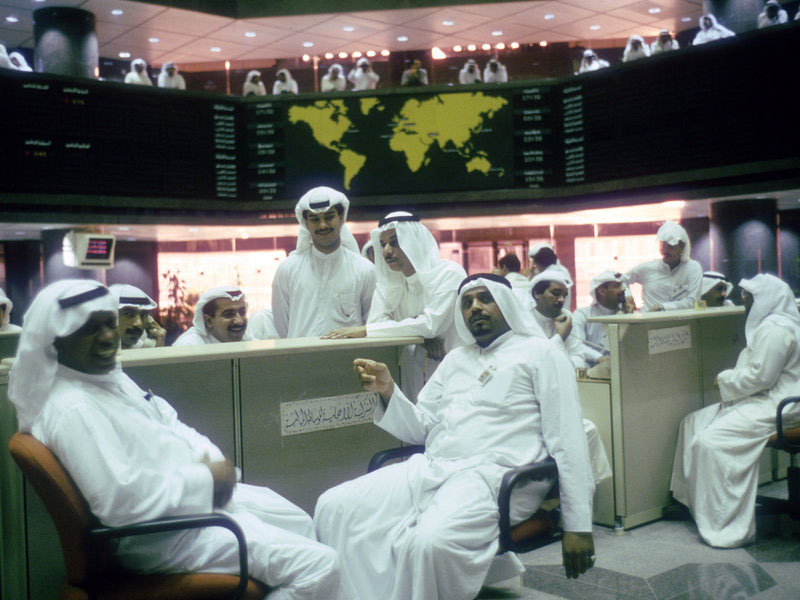
If you’ve wanted to know the story of Kuwait’s stock market crash in the 80s, NPR released a short 9 minute podcast about it a few days ago. Here is the description of the podcast:
In the early 1980s, Kuwait’s unofficial stock market — run out of a parking garage on the site of an old camel market — was the third largest in the world, second only to the U.S. and Japan. But then, in an instant, it all came crashing down, plunging Kuwait into a brutal recession that would last for nearly a decade. How is it that a simple financial innovation could create such vast wealth and such devastating chaos? And what can it teach us about the fundamental forces at the heart of modern capitalism?
Today on The Indicator: the story of the Souk al-Manakh and one of the greatest stock bubbles of all time. Source
If you want to listen to it search for “THE INDICATOR FROM PLANET MONEY” podcast in your favorite podcast player or listen to it below.
Thanks momoxoxo

A lot of people have been asking me if there are any fireworks happening this year on New Year’s eve. I haven’t heard of anything happening at the Kuwait Towers but Al Kout will have a fireworks show this year. They had one last year and I heard mixed feedback about it but I guess something is better than nothing.
[poll id=”9″]

Here’s a great list for Kuwait to rank high on, the 20 countries where people live the longest. According to a recent report by the World Economic Forum (WEF), Kuwait has the 11th highest life expectancy in the world with an average life expectancy of 70.7 years. Kuwait has the highest life expectancy in the GCC and the second-highest in the Middle East with only Israel ahead in 8th place. Singapore tops the list with the highest expectancy of 74.2 years. Check out the full top 20 list here.
Thanks Bader

I’ve previously posted about the US Embassy’s Air Quality Index page which shares data on the pollution level around the US Embassy in Bayan. The data most of the time is pretty alarming because of the high level of pollution we generally have which is why it interested me when I found out it’s not that difficult for someone to set up their own air quality sensor.
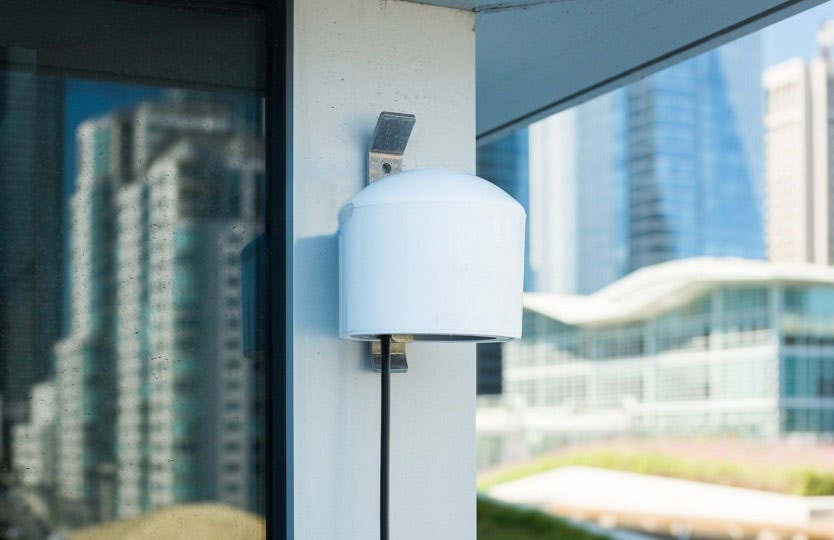
PurpleAir is an air quality monitoring network where people can purchase an air quality sensor from them for $229 and then set it up near a wifi spot to allow it to measure and share pollution data over their network. As of now there are three sensors located around Kuwait, one at the Kuwait University Khaldiya Campus, one in Mishref (I think that’s my friend’s place) and one at the ArtStudio in Funaitees.
If you want to check the pollution levels around Kuwait then click here.
On the other hand, if you want to purchase your own air quality sensor and be part of this network then click here.
via Nibaq

It’s that time of year again when the Expat Insider list of worst places to live comes out and Kuwait gets named the worst place in the universe for expats. No surprise really, but it’s also not that bad when you compare us to other places you’d think would be much better off. Here are some of the worst cities for expats to live and work:
82 – Kuwait City
81 – Rome
80 – Milan
78 – Paris
77 – San Francisco
76 – Los Angeles
74 – New York
Ummm yeah, so Kuwait is basically like Paris, NY and LA so really, it can’t be that bad right?
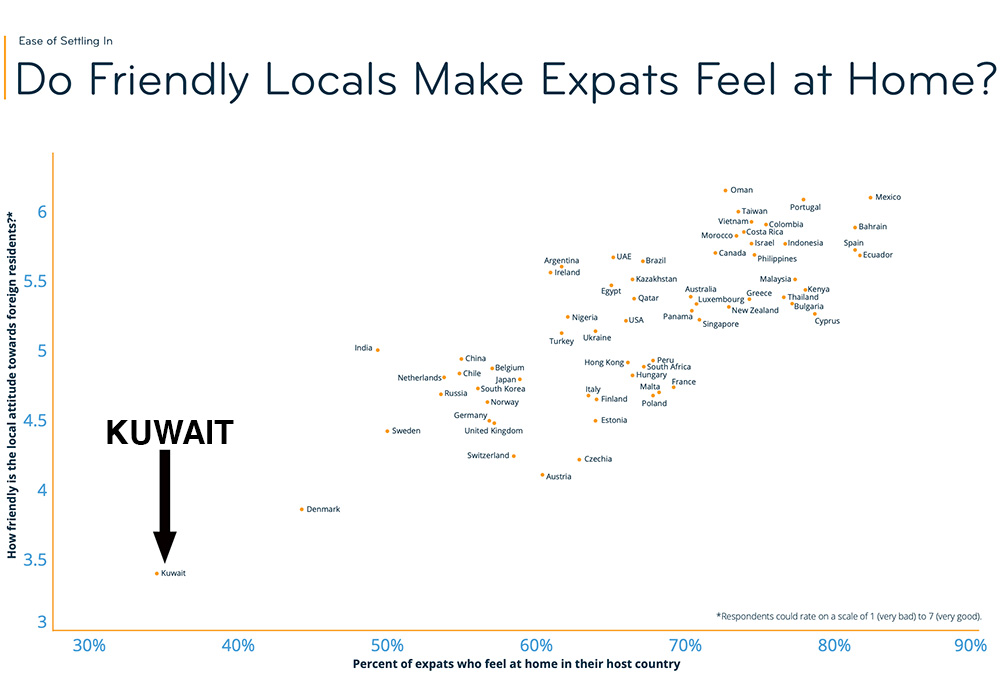
For the full data and reasoning behind our poor ranking, click here. You can also check out the Arabian Business article on this here.
Thanks Musty

Yesterday on Reddit someone published a step by step guide on how to file a complaint against a telecom or ISP in Kuwait and I thought it was important to share here as well. The Redditor probably posted the guide after seeing another post where an Ooredoo customer had the pop up below come up randomly on his phone.

Below are the instructions on how to file a complaint copied and pasted from Reddit but you can still check out the original post and comments here.
First of all, I’m sure many of you have noticed the frequency of spam that you are receiving on your phones. Or the mysterious charges that are being tacked on to your bills.
So in order for all of this to stop is to start reporting such things to CITRA. What is CITRA? It’s the Communication & Information Technology Regulatory Authority in Kuwait. They have been established as the overall authority over all telecoms & info tech in the country. So nothing happens without their say so.
CITRA is staffed by a lot of qualified and knowledgeable people, I have worked side-by-side with them in the past. Even participated in some of the national infrastructure (overhaul) programs that they are introducing.
OK enough of an intro, what you need to do is to report those spam text messages and the illegal usage of the EAS system for advertising. The people receiving those complaints at CITRA do actually investigate each and every one. So go ahead and visit the Complaints Page, then sign up if you haven’t done so already.
Try to provide as much information as possible when filing your complaint, include screenshots/photos where possible.
Give it a few weeks for your complaint to be reviewed then actioned on.
Most of all, don’t worry about any backlash. Nobody is going to come after you and nobody is going to deport you. Telecoms laws were put in place to protect the consumers, so use them to your advantage.
People really need to act and stop these unfair practices by the telecoms in the country.
Thanks u/thisdodobird!

The Public Authority for Civil Information (PACI) has a section on their website filled with statistics. Below, for example, is their list of the top 10 jobs in Kuwait:
Kuwaitis
1- Inspector of Government Department
2- Other authors (no idea what this is)
3- Military Army
4- Correspondent and passport representative
5- Secretary (Clerk)
6- Accounts Clerk – General
7- Other education specialists
8- Data Entry Device Operator
9- Public Writer
10- His own trade business
Expats
1- Servant
2- Private car driver
3- Ordinary laborer
4- Seller on the market
5- Cleaning worker for buildings and residential buildings
6- Manual cultivation worker
7- Electric worker on high voltage networks
8- Nurse
9- Light transport vehicle driver
10- Correspondents, baggage carriers and other parcels
I don’t think there is anything surprising in the list, I’m just surprised we actually have these lists. The PACI page also has other stats like the oldest ages. The oldest male in Kuwait is 115 years old (Kuwaiti) while the oldest female is 119 years old (also Kuwaiti). The oldest male expat is 113 while the oldest female expat is 118.
The most populous nationalities in Kuwait? They are:
1- India
2- Egypt
3- Bangladesh
4- Philipines
5- Syria
6- Saudi
7- Pakistan
8- Seri Lanka
9- Nepal
10- Jordan
Percentage of workers in the private sector?
4% Kuwaiti – 96% Expats
You can check out other interesting stats on the PACI website here.

Last year I posted about how much I hated the housekeeper’s category on the Q8 4Sale website since people were listing their housekeepers for sale. After my post, the 4Sale website started removing those posts and set new rules for the category but I still wished they had closed it down instead. Well it took a thorough BBC investigation and reporting for that to happen.
Over the weekend, BBC published its investigative video below exposing the trade by interviewing a number of people who were selling their housekeepers including a police officer and a woman who was selling her 16-year-old housekeeper!
Posing as a couple newly arrived in Kuwait, the BBC Arabic undercover team spoke to 57 app users and visited more than a dozen people who were trying to sell them their domestic worker via a popular commodity app called 4Sale.
The sellers almost all advocated confiscating the women’s passports, confining them to the house, denying them any time off and giving them little or no access to a phone.
The 4Sale app allowed you to filter by race, with different price brackets clearly on offer, according to category. Source
After the video and article went viral, Kuwait announced that it was cracking down on slave traders and I checked the 4sale website and it looks like they finally completely removed the housekeeper’s category. Hopefully, this will cause the government to consider reforming the kafala (sponsorship) system which in it’s current state is flawed and being abused. Check out the BBC articles on this subject below:
Slave markets found on Instagram and other apps (Oct 31)
Kuwait moves on Instagram slave traders after BBC investigation (Nov 1)
If pictures weren’t enough to show you how bad things are in Salmiya, here is a video of the garbage dump right outside my apartment building.
![]()
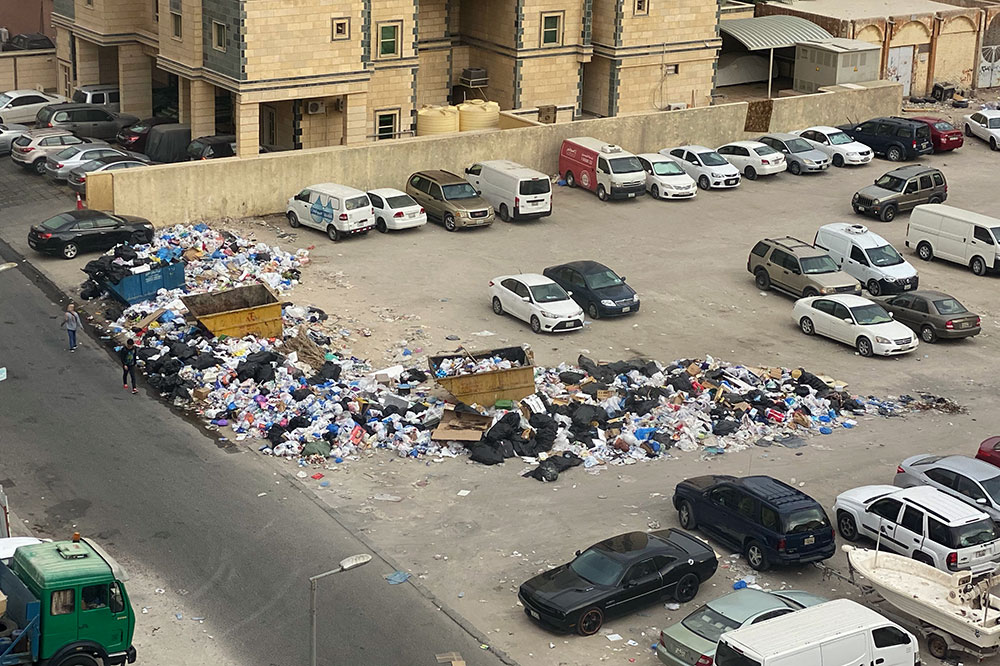
This is my view every morning when I wake up.
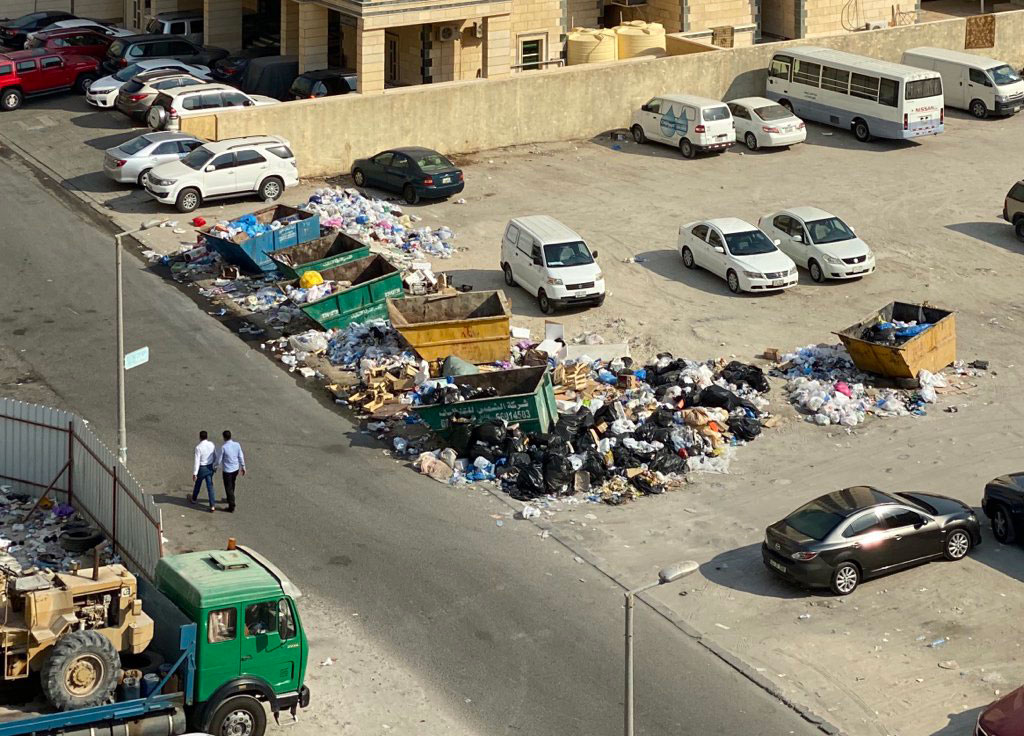
If you’ve been reading my blog for a long time then you might remember my posts on the garbage situation behind my house in Salmiya. It’s been a problem thats been ongoing for over a decade now and I’ve posted about it a number of times on the blog before. Usually what happens is I post pictures of the garbage dump behind my house, baladiya find out about it and send trucks to clean up, a week later problem is back again.
For YEARS I’ve posted about how there aren’t enough garbage bins and since then more buildings have popped up which means more garbage but instead of the bins increasing over the year they’ve decreased.
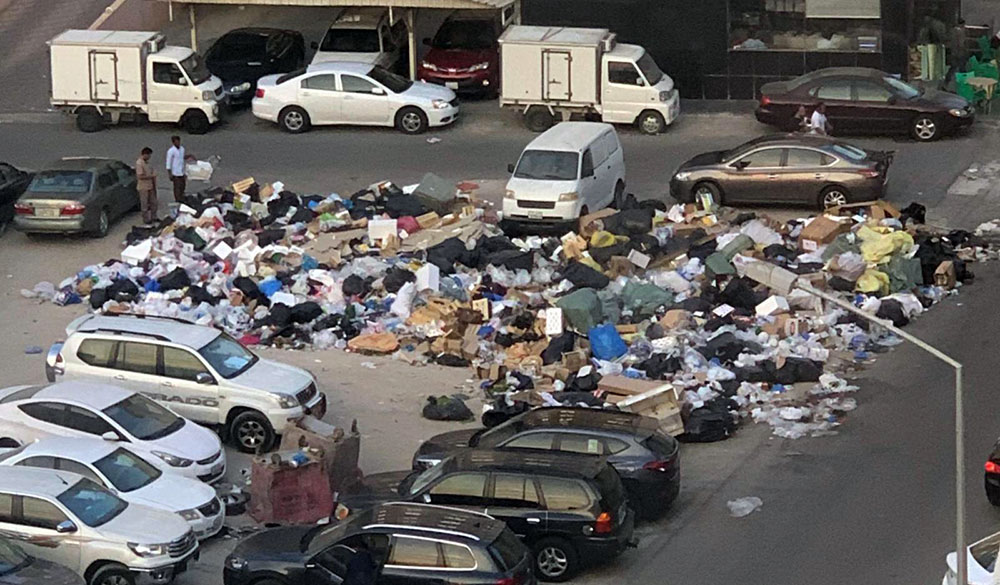
A while back I gave up and decided to no longer post about the garbage because I was starting to sound like a broken record and honestly, I’m just too tired and exhausted to fight. I’ve really become a pretty chill person and very little really bothers me nowadays. But things are also just getting worse and worse and today I just couldn’t take it anymore. Before I left to work I decided to take and tweet the picture above and then left the house. A few hours later while in a meeting I found out my tweet went viral and since then I’ve been getting a ton of support but also some stupid comments I really don’t want to have to deal with.
To summarize my Salmiya garbage issue, basically, the garbage overflows every single day because there aren’t enough garbage bins to cater to the residents and shops. Tomorrow someone will come and clean up the mess because of my tweet but nobody really is solving this problem and so it keeps happening over and over again. I keep saying we need more bins and I’ve been saying that for over a decade now but nobody cares.
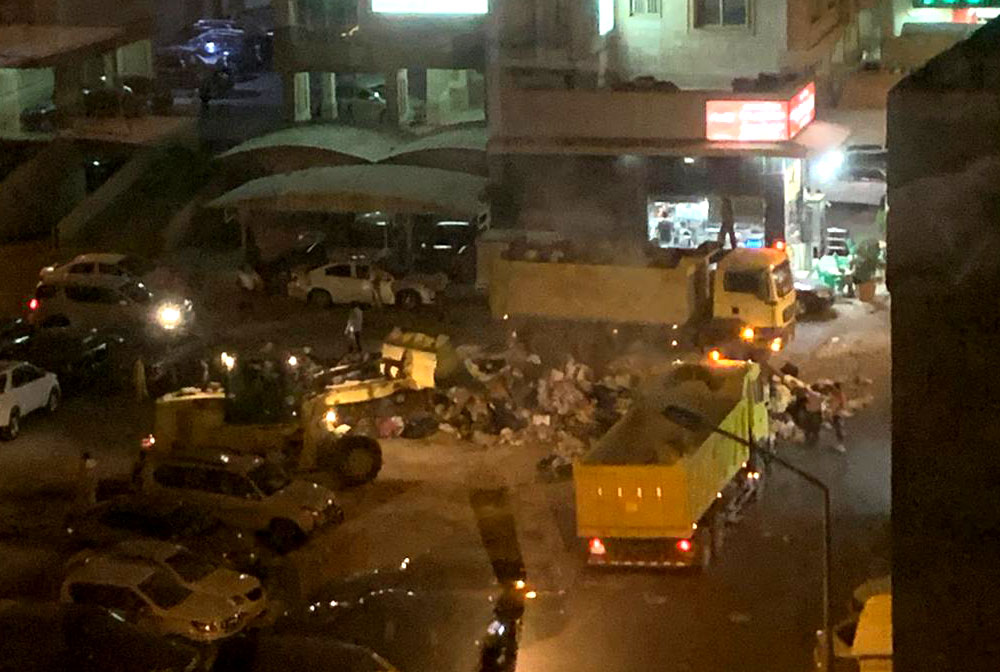
As I’m writing this post my brother who lives next door sent me the picture above. The baladiya are here now picking up the garbage. I’m really grateful for sure, and I’m not trying to sound pessimistic here but, unless they add more bins, this overflowing garbage issue is going to keep happening.
Update: So they cleaned up one corner last night but the other side where there were 6 bins and I posted saying that 6 weren’t enough and we needed more, well, today they came and took 3 of the bins leaving just 3. I feel like they might be trolling me.
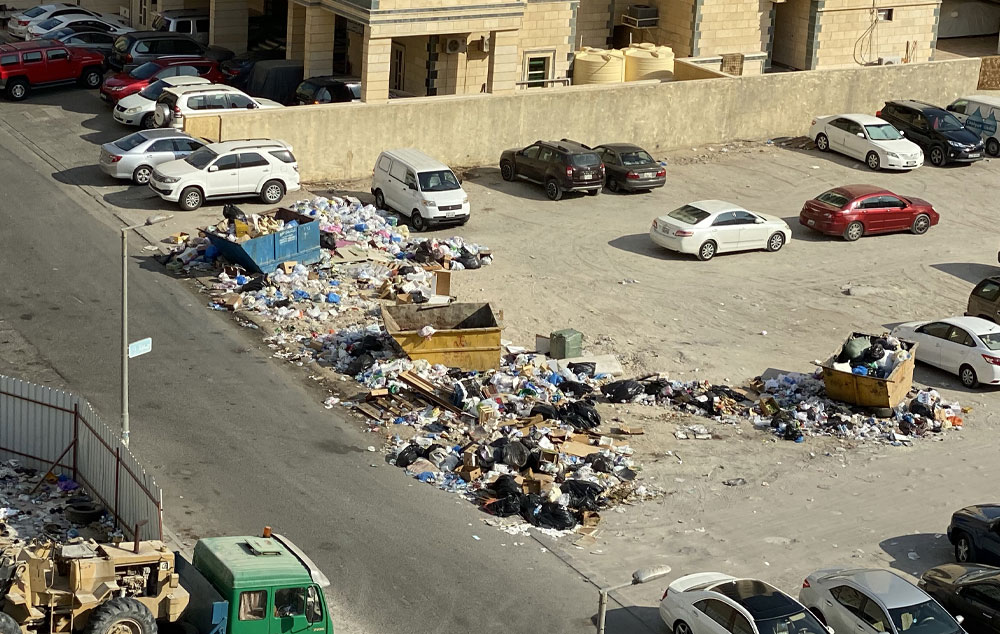
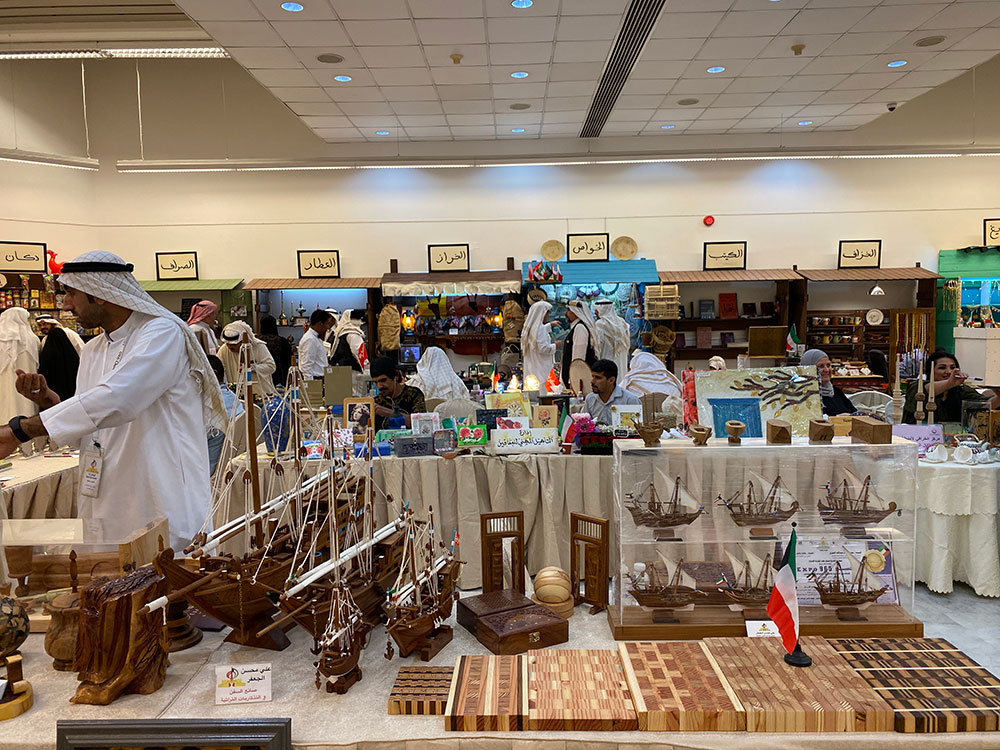
Last night I visited Expo 965 after a friend told me about it. I had a difficult time trying to understand what it was about at first or even where it was being held since all the information was in Arabic. But, I eventually found the place on Google Maps (after going to the wrong location first) and it turned out to be a really interesting experience. The Expo features Kuwaiti heritage and craftsman but there were a lot of private collectors there displaying family-related or old Kuwait related items.
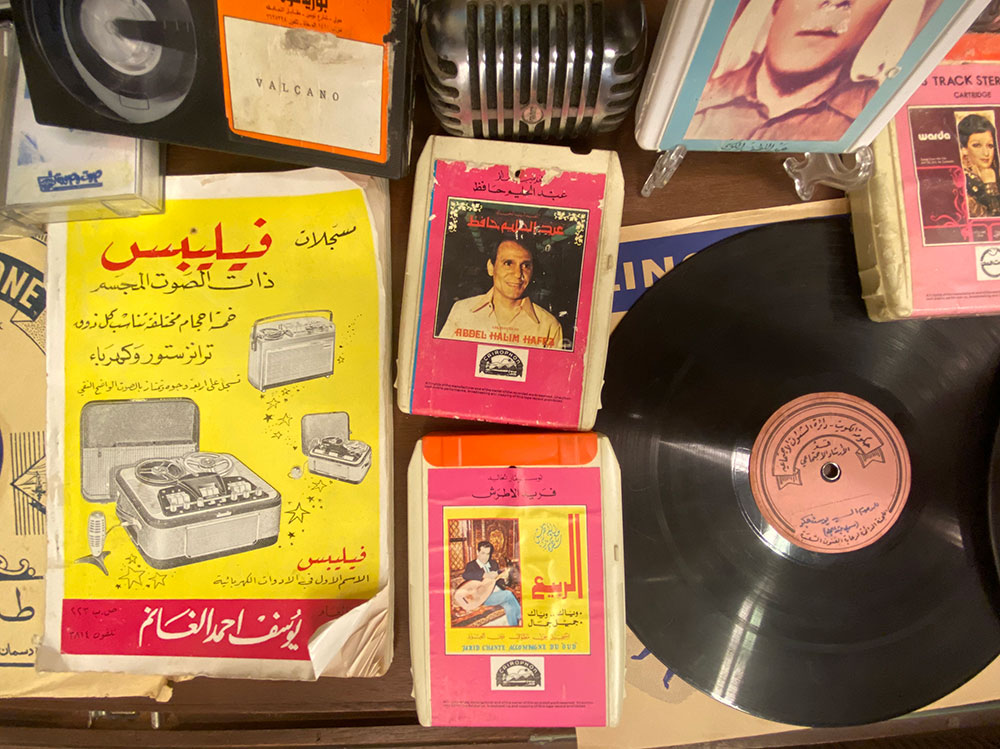
When you first walk in the place doesn’t look very impressive but I ended up spending nearly two hours there. It’s two medium-sized halls filled with tables and stands and just random Kuwait related stuff on display. In my head, I was like let me check things out quickly and then walk over to BBT for a burger which was right next door. But the expo turned out to be way more fun than I was expecting.
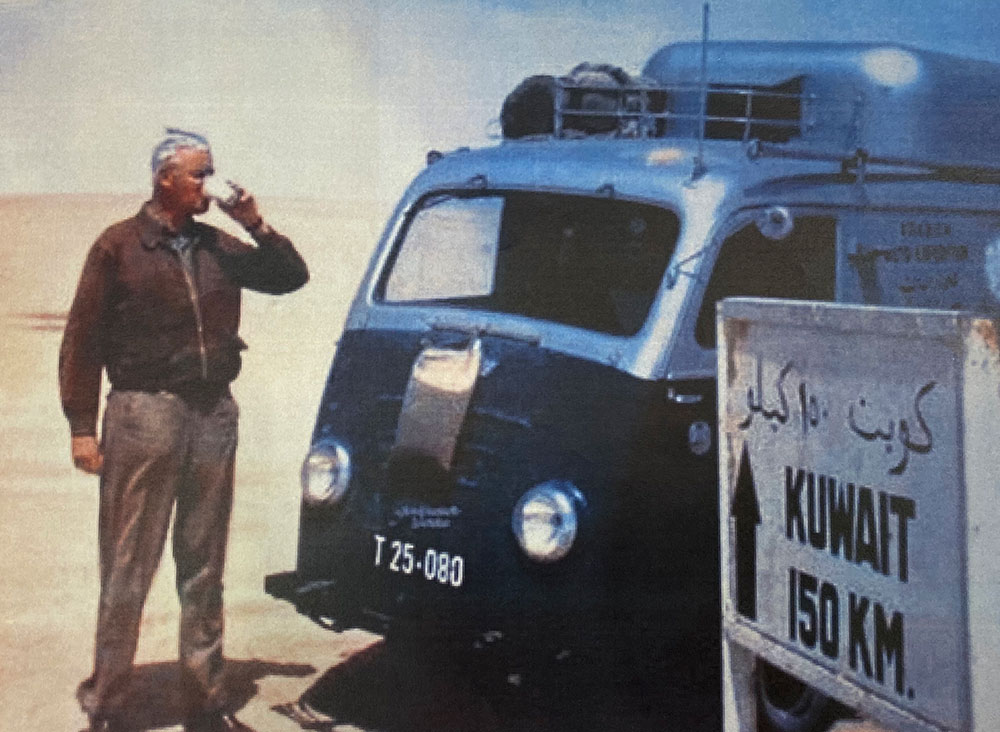
The first display that ended up grabbing my attention had old radios and TV’s and it turned out to belong to the vintage radio shop guy. I hadn’t seen him since he moved his shop to Hawalli (and now it’s back in the city) so after catching up with him I decided to check out the rest of the expo. Basically it turns out it’s all about the people behind the displays. Everyone there was a volunteer and wanted to talk to you or share with you interesting information. Whenever I spotted anything interesting I’d ask the person who owned the stuff about it, and not only would they show me the item but they’d also take the time and explain the whole story behind it. Like literally every person I spoke to had an interesting story to share from the guy who’s dad was the first Kuwaiti dentist to the guy who collected vintage food wrappers and cans. I was not expecting to have so much fun.
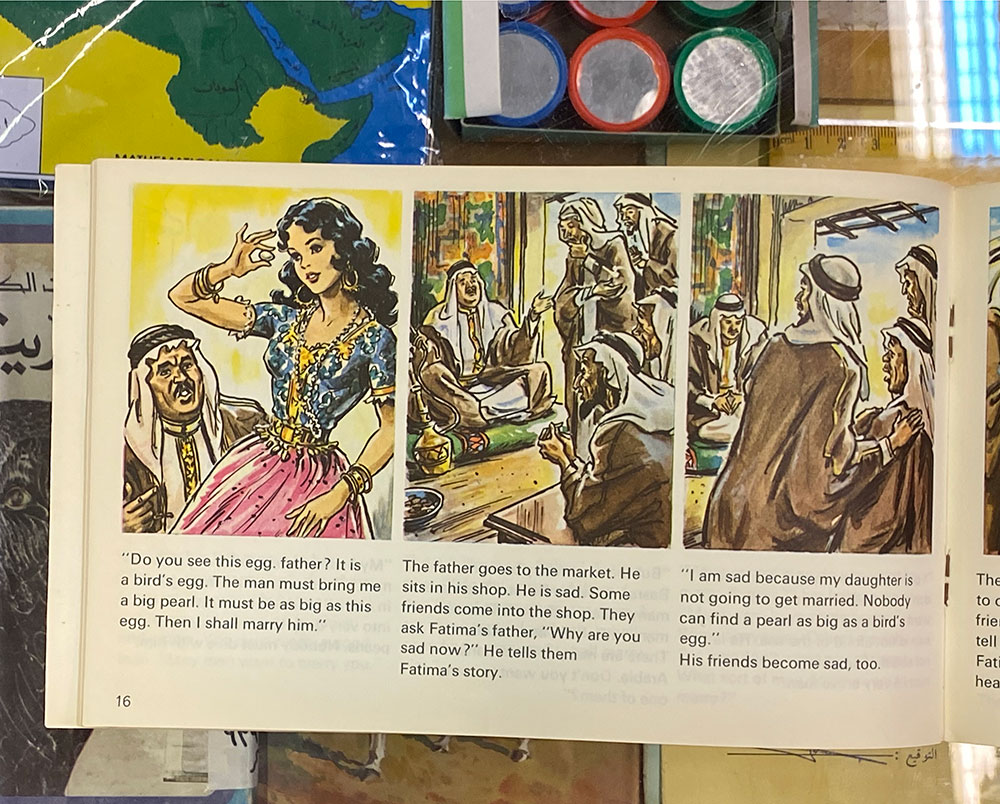
So if you’re looking for something to do over the next few days the expo is being held until Thursday. Pass by and check it out and make sure you talk to the people.
For location and timings click [Here]
Thanks Aisha AlSaif!

Just read a terrible story on Reddit of a girl’s ordeal trying to report a rape case here in Kuwait. If you don’t want to read the full story, basically after having to repeat her story at least 6 times to different males on different occasions, being refused to have a female officer question her, refusing her request for a translator, got hit on by her lawyer, she was finally charged and arrested herself. It’s such a mess and really upsetting. You can read the full story [Here]

Here’s some good news, the ice skating rink will no longer be demolished! After it was decided that the ice skating rink was to be demolished to make way for Al Shaheed Park phase 3, the demolition was canceled thanks to the National Council for Culture, Arts and Letters (NCCAL).
The NCCAL determined that the Ice Skating Rink was a national landmark due to it’s historical and cultural value and so cannot be demolished. Al Shaheed Park phase 3 construction will continue without the demolition of the rink.
Thanks Mishal! Photo above by Zeri Crafts